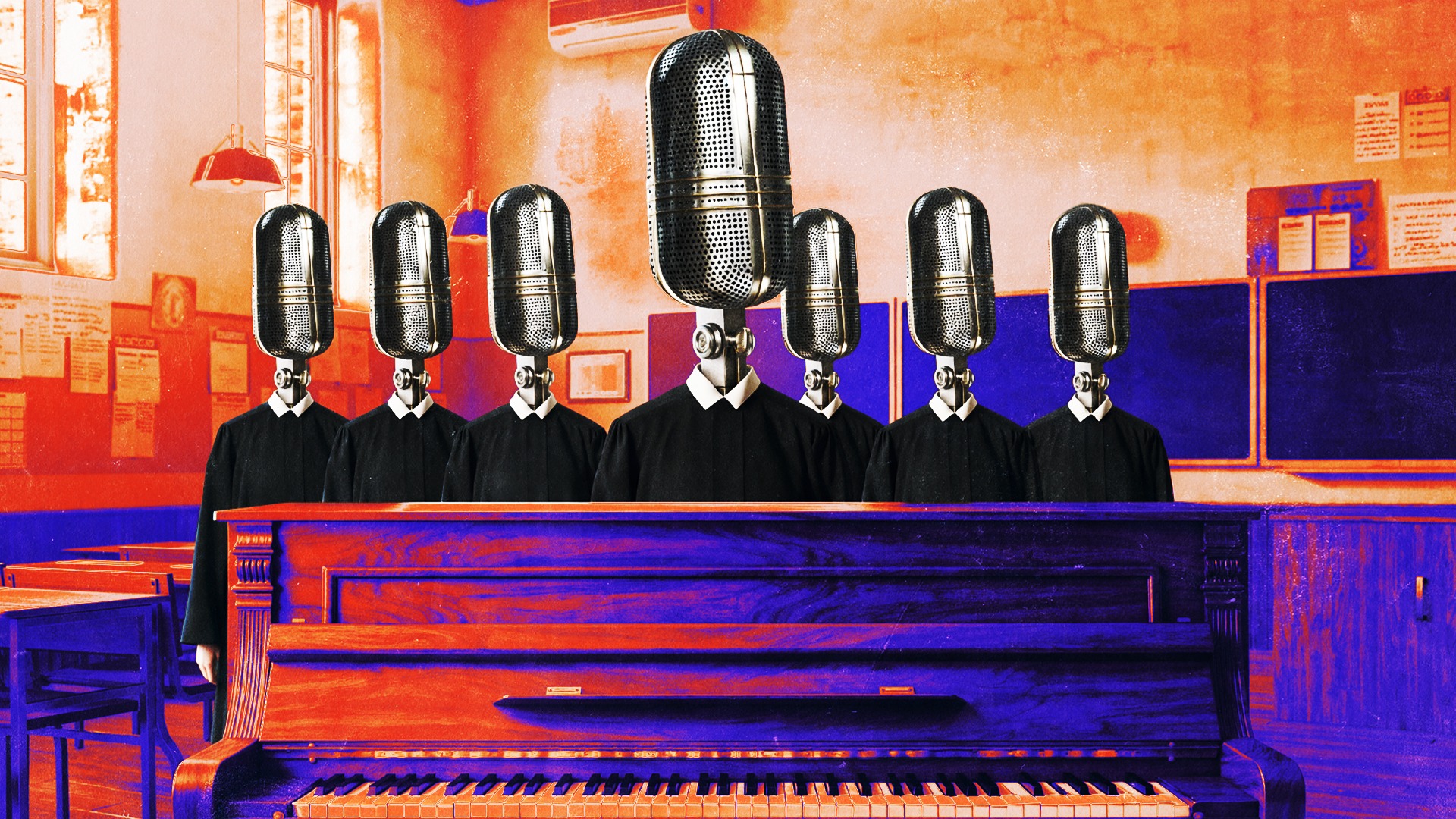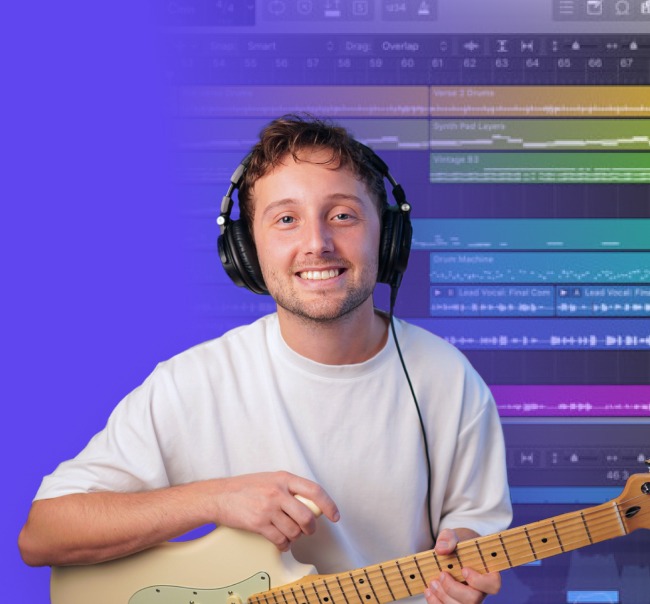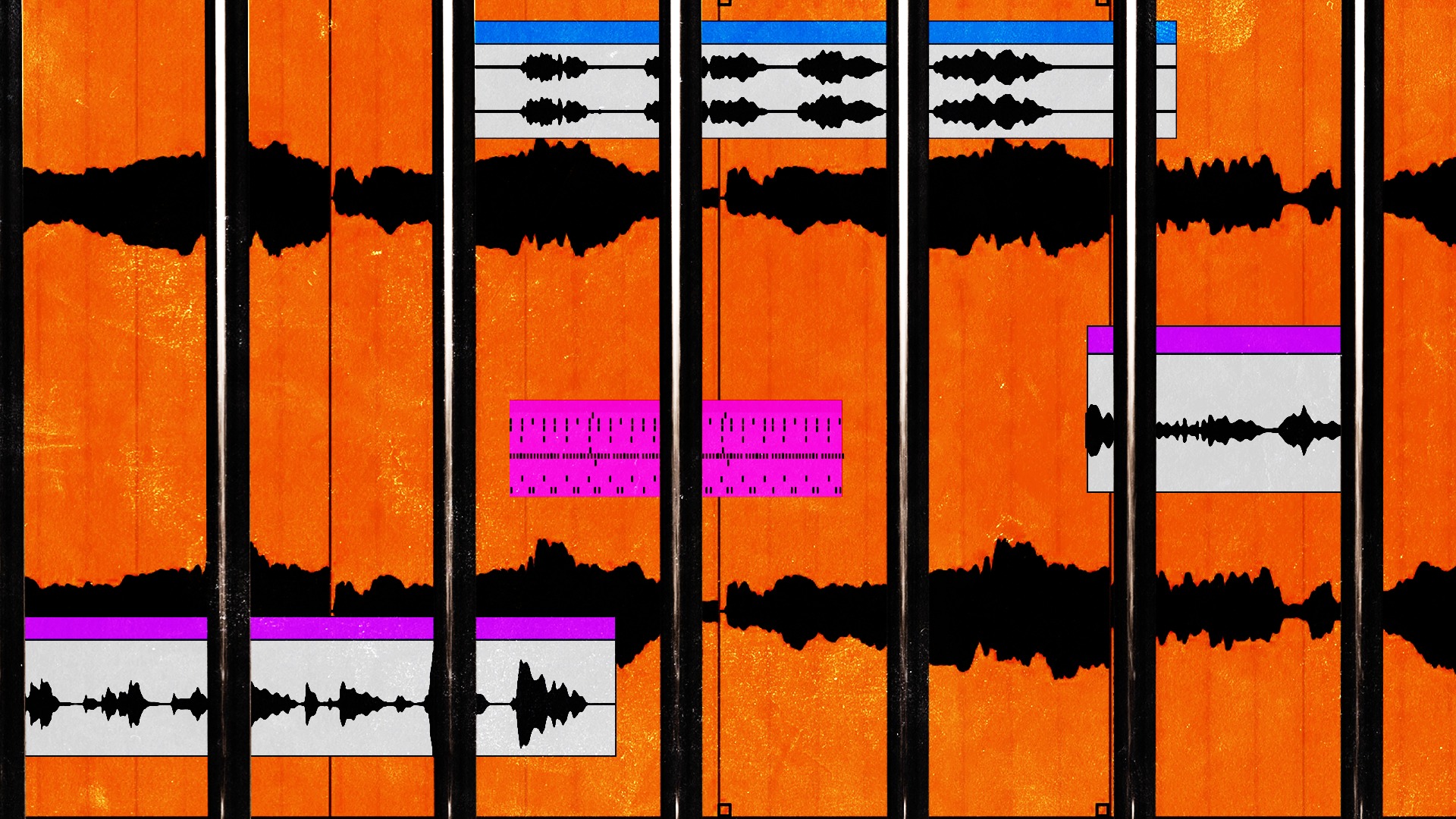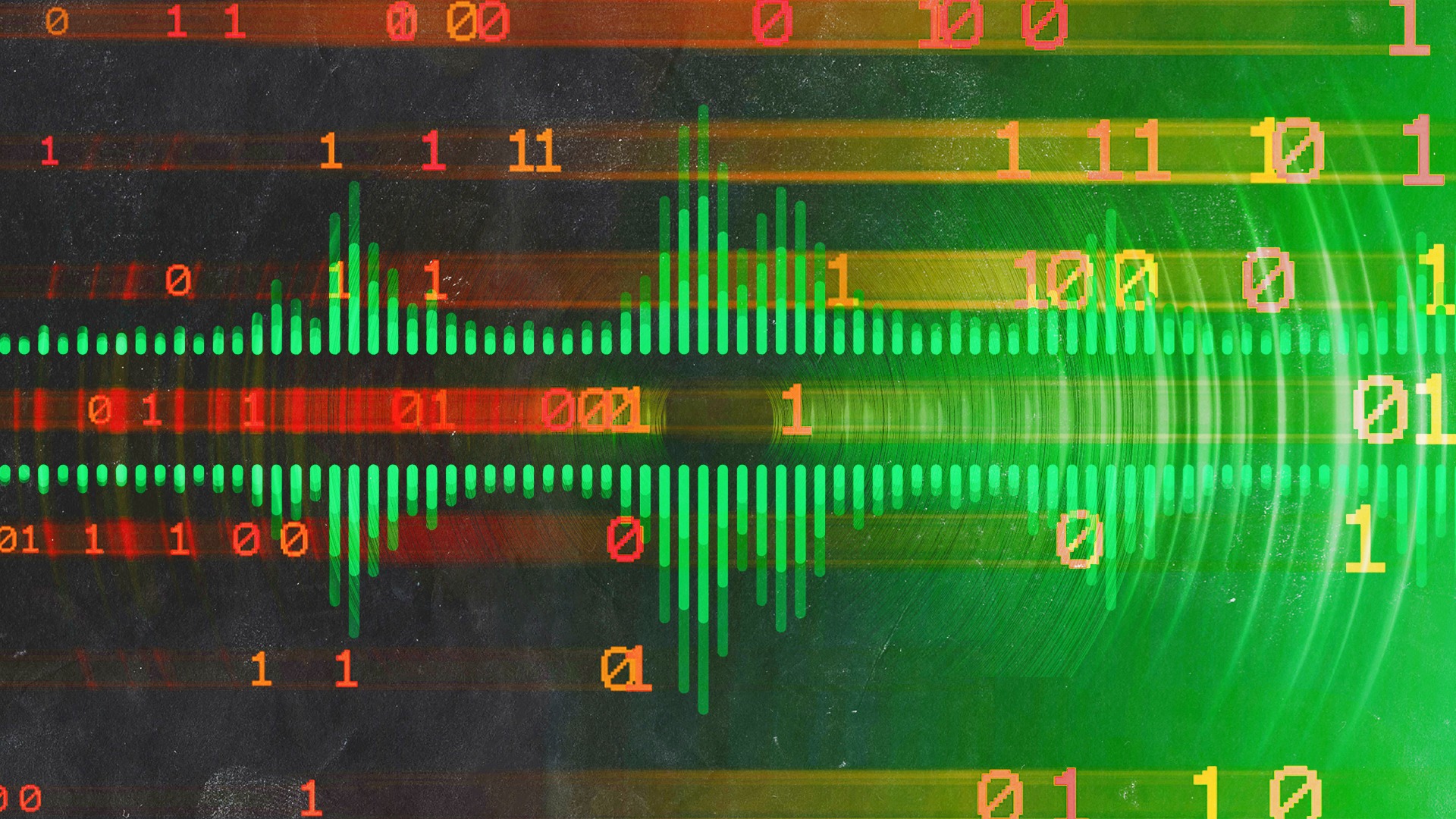
Drum Fills: 6 Inspiring Drum Fill Ideas Every Artist Needs to Know
Getting drum fills right is a tricky beast. Sometimes they need to be a huge and over-the-top climax, but sometimes the drum fill needs to be a subtle yet groovy transition.
Writing or playing a good drum fill is as much about learning drum arrangement skills as it is about having technical drumming ability.
You need to know when to bust out your ultra-high-speed tom-tom chops and when a few taps on the snare drum will do.
Of course, knowing about rhythm, music theory, rudiments, syncopation and polyrhythms will always help with writing better drum fills.
But, learning from the greats is an excellent way to start building your drum fill skills, it always helps to have some classic fills in your bag—especially if you understand how they fit within certain genres and arrangements.
In this article, we’ll explore six iconic drum fills so you can start using them in your own tracks!
Let’s get started.
What is a drum fill?
A drum fill is a short section in a song’s arrangement where a drummer is given a short solo—typically ranging from one beat to a full bar. Drum fills will often come at the end of a section to signal a transition to a new part of the arrangement.
Drum fills come in all shapes and sizes—they can be a bombastic climax or a subtle transition it all depends on the genre, arrangement, drummer’s taste and skill level.
While drum fills are not necessarily a solo, they are a short period where the drummer is given creative freedom to deviate from the main beat or groove of the song.
Know when to bust out your ultra-high-speed tom-tom chops and when a few taps on the snare drum will do.
In most drum fills, the drummer will play some pattern around the tom-toms and cymbals before snapping back into the main groove.
6 drum fills every producer should know
Here’s six iconic drum fills that every producer needs to know—most drummers will know what you’re talking about if you ask them to play it for you.
Listen closely and learn how these drum fills sound—you’ll hear them used everywhere in pop, rock, R&B and beyond.
By the way, we’ve made a free MIDI pack of these drum fill—plus a special bonus! So go ahead and download the MIDI pack and use them in your track.
1. The Motown fill
Here’s maybe the most iconic fill of all time—it’s such a classic drum, pretty much any drummer who’s discovered the incredible groove and feel of Motown playing will know it.
The Motown fill uses a bombastic six-stroke roll on the high tom with the last note of the roll ending with accented stroke on the snare drum.
Here’s how the Motown fill looks on sheet music notation and in a MIDI roll.
So, as is the case for all fills, you must master the six-stroke roll if you want to play this fill and have it sound good at all tempos.
This is a great fill to use at the end of a song form when the arrangement is either turning around moving into a new section.
Check out “Ain’t to Proud to Beg” by the Temptations or “The Outside” by Taylor Swift to hear how this drum fill sounds in the wild.
2. Bernard Purdie’s Psssst Psssst Psssst
Here’s a fill that definitely has its roots in funk and R&B drumming.
While Bernard Purdie probably didn’t invent the fill, he definitely perfected it. He’s used in countless iconic recordings, to the point where it’s so common you might not even notice it.
To master the Psssst Psssst Psssst fill you need to practice your hi-hat pedal play since the fill makes use of the opening and closing of a ringing high-hat.
You’ll all need to learn how to play syncopated rhythms because each note of this fill is typically played on the off-beats—or the and’s—of two, three and four.
Here’s how it looks in sheet music notation and on a MIDI roll.
This is an excellent fill to add a subtle push the end of a phrase of funky bass playing or as a way to accent an off-beat vocal or guitar part—like Bernard Purdie does in “Rock Steady” by Aretha Franklin.
This fill is a great way to accent an off-beat vocal or guitar part
This track from The Fearless Flyers featuring the incredible Nate Smith is pretty much entirely inspired by this fill—and it has the splat-boom, another fill in this article that we’ll cover later.
3. Pat Boone Debbie Boone
This drum fill is pretty much the swiss army knife of drum fills—in that it’s used everywhere in so many different genres—whether it be soulful R&B like Tracy Chapman’s “Give Me One Reason” or hard rock like Guns and Roses’ “November Rain”.
The basic rhythm is pretty easy to pick up—it’s the phrasing used between strokes on the snare, high tom and low tom that make this drum fill particularly interesting.
Here’s how the Pat Boone Debbie Boone looks in music notation and sounds like on the MIDI roll.
This fill is excellent for making tasteful transitions between sections of an arrangement and it’s subtle enough to be used in quieter, downtempo ballads just as much as it’s useful in bombastic rock ‘n’ roll or hip-hop.
And of course, adding faster sixteenth notes and changing the toms you hit is a practical way to add your own flair and style to the drum fill.
It’s subtle enough to be used in quieter, downtempo ballads just as much as it’s useful in bombastic rock ‘n’ roll or hip-hop.
4. Splat-Boom
Here’s a chunky, tasty fill that’s so simple yet so good. This is one of those fills that just feels great to play through a huge PA at a nightclub.
That’s because it usually makes use of the two chunkiest instruments in the drum set—the snare drum and the bass drum.
It’s also super simple, it’s just two quarter notes alternating between a flammed snare hit and bass drum hit—a flam, by the way, is a two-handed double hit on the snare drum.
Here’s what that looks and sounds like in sheet music notation and on the MIDI roll.
I love using the splat-boom to kick a song off, especially if the song is a dancy disco song with a four-on-floor kick pattern or if the song has a super funky bassline.
The simple yet effective impact of this fill has a driving effect and you absolutely need this one in your bag of tricks if you want to write good dance music.
5. The Ringo 6
We’ve decided to call this sextuplet pattern played around the toms the Ringo 6 because The Beatles’ famous drummer Ringo Star used it so often in iconic tracks like Come Together.
The key to learning and playing this drum fill is getting your single-stroke triplet skills on lock and then working to increase your mobility around the tom-toms.
Once you mastered the single-stroke triplet, try and move around the toms and change toms with each group of free—just make sure you stay in time and everything flows.
Here’s how the Ringo 6 sounds and looks like on sheet music and on the MIDI roll.
6. The Barker
To be clear, Travis Barker did not invent this drum fill—but he is an absolute master at getting this pattern of quick sixteenth notes to go around the toms hard and fast.
The drum fill is simple at its core, it’s just a set of really 16 fast single strokes that go around the kid, usually with four strokes hitting each drum.
Again, this is another one where single stroke speed and mobility from tom to tom is key for getting the fill right.
To create a more unique sound, try switching up the order of the toms you’re hitting to create unique patterns of your own!
Here’s how its most basic form looks and sounds like on sheet music and in the MIDI roll.
Fill it up!
Drum fills are an exciting moment—by adding a rhythmic element to a song’s transition you give your audience something to latch onto.
So, get creative! Learn these drum fills and use them as inspiration for the drum fills your next track will use.
And of course, never stop learning from great drummers—if you hear someone doing something you like don’t be afraid to try and figure out how they did it.
Gear guides, tips, tutorials, inspiration and more—delivered weekly.
Keep up with the LANDR Blog.






